The 2025 Heist That Shocked the World – Louvre Museum
So, why are we suddenly fascinated by the world’s most famous museum in Paris? Let’s dive into the story behind the buzz — the dramatic 2025 Louvre heist, the lost treasures, and why this global art moment is sparking curiosity right here in Melbourne.
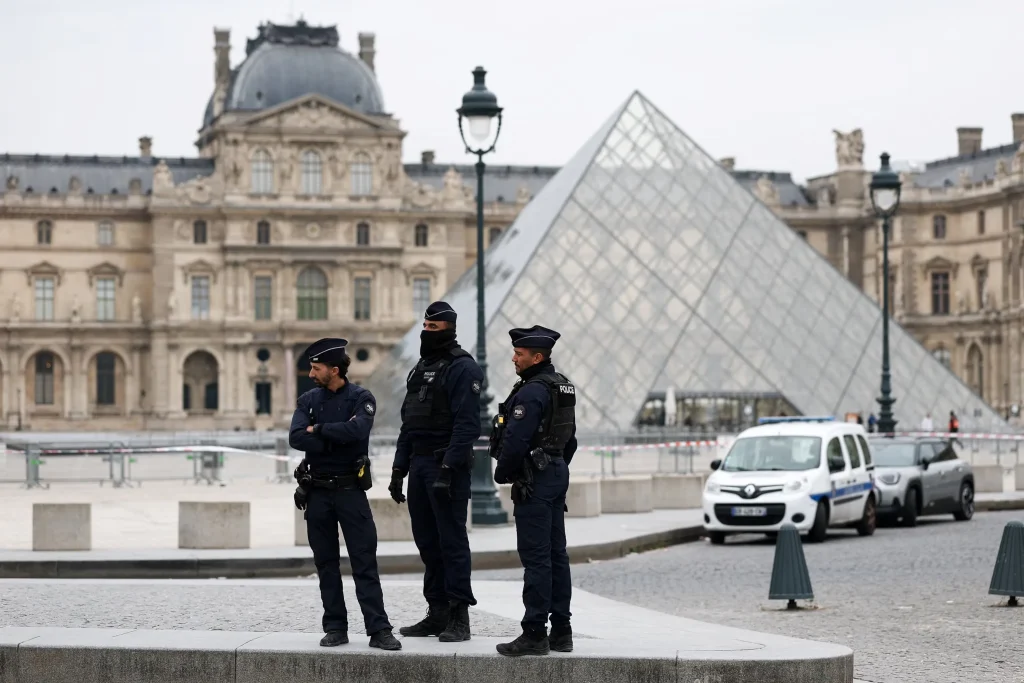
The Louvre Museum – A Global Icon of Art and History
The Louvre Museum, located on the right bank of the Seine River in Paris, is more than just a museum — it’s a living timeline of human creativity.
Originally built as a fortress in the 12th century by King Philip II, it later became a royal palace and, during the French Revolution in 1793, was turned into a public museum to share France’s art with the world.
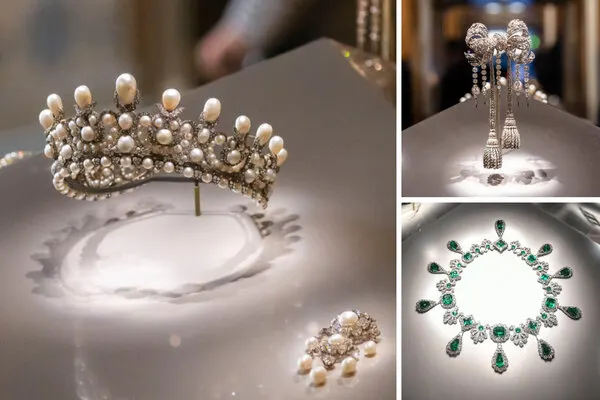
Today, it houses more than 35,000 masterpieces, including:
- Mona Lisa by Leonardo da Vinci
- Venus de Milo
- Winged Victory of Samothrace
- Priceless collections of Egyptian, Greek, Islamic, and Renaissance art
The museum’s modern identity is crowned by its iconic glass pyramid, designed by architect I. M. Pei, which now symbolises the harmony between tradition and modernity.
The 2025 Heist That Shocked the World
In October 2025, the Louvre Museum became the victim of one of the most audacious thefts in recent history.
Thieves broke and entered the Galerie d’Apollon, in the morning, the very flaunting gallery containing the royal jewels of France, and in less than five minutes looted eight jewellery items of priceless value in the 19th century.
The things stolen included:
- One of the tiaras of Empress Eugenie had diamond studs.
- A brooch made of sapphire and pearl of the royalty of France.
- A number of the emerald necklaces and ritual ornaments of the 1800s.
The government has termed it as a surgical strike, carried out in accuracy, velocity and familiarity. The investigation is headed by French police and Interpol, and the museum has increased security in the meantime.
The Lost Treasures — and Their Meaning
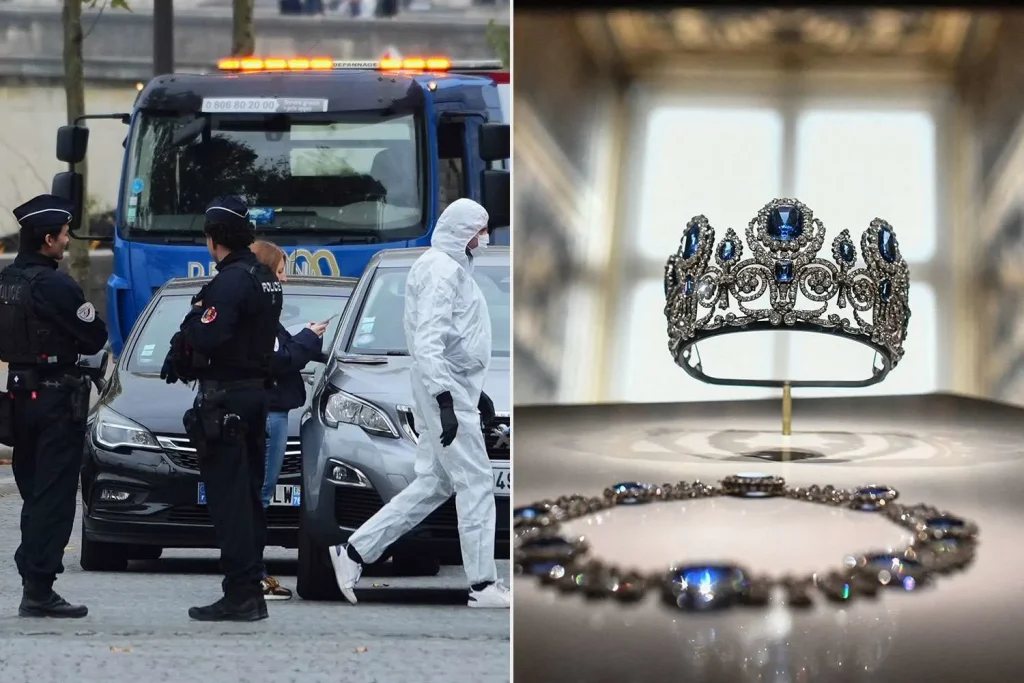
The stolen works are indeed irreplaceable not only in terms of their financial worth (they are estimated to be in the millions of euros) but also in terms of their relation to the past.
Every artwork was a part of the royal history of France – the images of beauty and artisan skills of the empire.
Their loss is not merely the loss of jewels, but a loss of a chapter in European history.
To the readers of Melbourne, who are fond of the National Gallery of Victoria (NGV), consider it as losing one of the invaluable masterpieces of the NGV over-night, the shock is worldwide and unbearably emotional.
What the Louvre Means to Melbourne
You may ask yourself – what has Paris to do with Melbourne?
Melbourne has been the city that celebrates art culture globally. The NGV International frequently exhibits artworks inspired by or borrowed by the huge museums, such as Louvre. Visit the Louvre has been on the list of many Melburnians who visit Europe.
And even further, the city of Melbourne has begun to recognize the value of heritage, architecture and creativity, of Federation Square and the street art of Hosier Lane. The story of the Louvre has this appeal as it is a reflection of our love of beauty, history and meaning in art.
The 2025 Louvre heist also makes us aware of the vulnerability of cultural value – something that resonates with cities such as Melbourne where preservation and creativity seem to be in a perfect relationship.
Historical & Cultural Significance of the Collection
Royal & Imperial Legacy
These pieces originated largely from the 19th-century French monarchy and imperial court — spanning the July Monarchy (Louis-Philippe), Napoleonic Empire (Napoleon I & II), and the Second French Empire (Napoleon III). The jewellery thus reflects changing regimes, styles and power-displays.
Jewellery as Political & Diplomatic Symbol
- For example, Marie-Louise’s emerald necklace would have been commissioned to symbolise the Napoleonic alliance and her new status as Empress of the French.
- Empress Eugénie’s tiara and brooches show how the second empire revived courtly ceremony and imperial imagery, using jewellery to reinforce legitimacy and opulence.
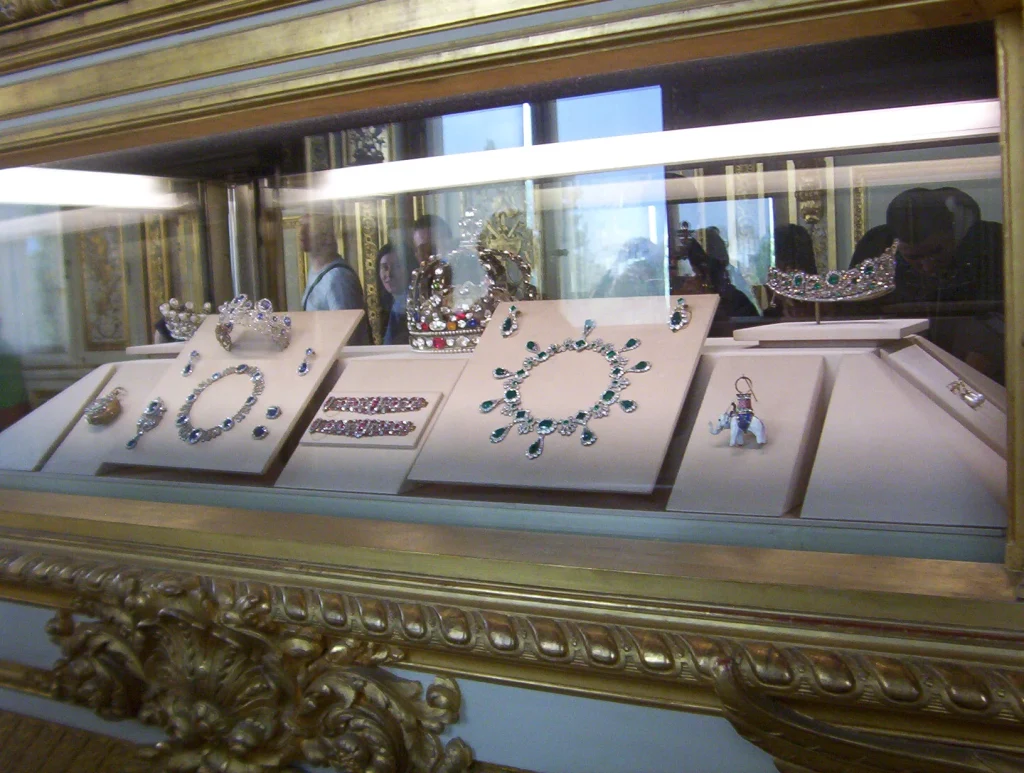
Craftsmanship & Artistic Value
These items were crafted by high-end jewellery houses and artisans of the 19th century, incorporating fine diamonds, emeralds, sapphires, pearls and gold. They are masterpieces of decorative art — not just accessories.
The fact that the tiara for Marie-Amélie / Hortense reportedly had 1,083 diamonds alone underscores the scale.
Public Display & Heritage
The pieces were part of the French Crown Jewels collection displayed at the Louvre in the Galerie d’Apollon. This gallery itself is richly decorated – gold-leaf ceilings, large paintings, built under Louis XIV.
By being on public display, these jewels were part of national heritage, education and tourism — they connected visitors (including visitors from abroad) to France’s past monarchy and artistic legacy.
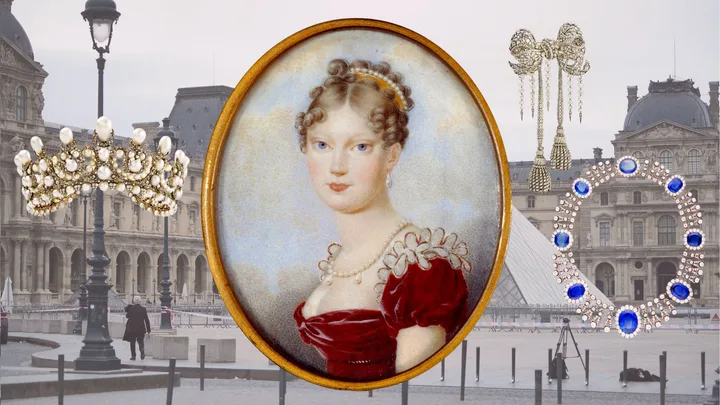
What We Know About Their Fate & Why It’s Especially Tragic
- The theft reportedly took just 4 to 7 minutes.
- The thieves used a basket-lift/truck to access a Seine-facing façade under construction, indicating reconnaissance.
- Once removed from their display cases, such jewels are extremely difficult to sell legally because they are unique and well-documented; this means the risk of them being dismantled, recut, sold via black‐market or hidden for decades is high.
- One piece (the crown of Eugénie) was dropped and recovered, but in a damaged state — this highlights the physical risk of such thefts and the cultural damage beyond loss.
Why This Should Matter to Art & Heritage Enthusiasts
- These jewels are irreplaceable historical artefacts — losing them is akin to losing pages in a history book.
- Their craftsmanship represents 19th-century jewellery art at its highest level; when such objects disappear, the precedent of public access to such art is threatened.
- The theft raises questions about security, staffing, preservation and the future of major cultural institutions — a matter with global relevance (including Australia).
- For Melbourne readers who might visit major exhibits, or study art/heritage, this incident is a reminder of how fragile public collections can be.
Fun Louvre Facts Every Melburnian Should Know
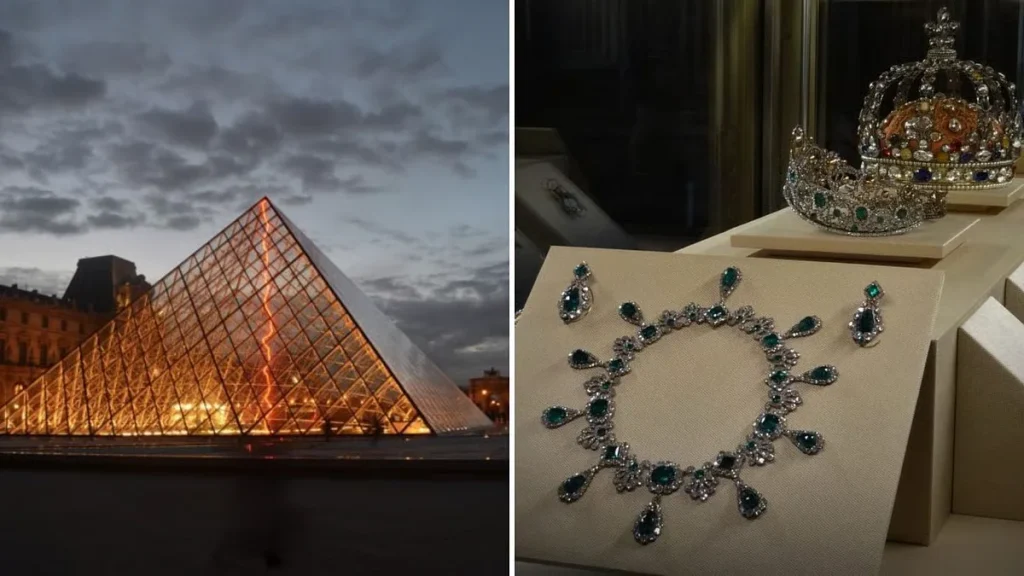
- Assuming that you spent 30 seconds on each artwork at the Louvre, it would take you approximately 100 days to see all the works.
- Louvre is the busiest museum on the planet with an annual visit of more than 9 million people.
- The Mona Lisa has a case of its own climate control and it is insured at almost a billion dollars.
- The museum once lost the Mona Lisa in 1911 — it was stolen by an Italian handyman and recovered two years later.
- The Louvre collection includes 8 curatorial departments, which include ancient Egyptian artefacts and sculptures of the 19th century.
For Melbourne Art Lovers – What to Do Next
- Visit the NGV — Melbourne’s own treasure trove of world-class art and rotating exhibitions.
- Follow the Louvre’s updates online to stay in touch with the global story as it unfolds.
- Support local galleries — from Fitzroy to St Kilda — where new artists continue the creative legacy the Louvre represents.
- And, if you ever visit Paris, don’t skip the Louvre — it’s a once-in-a-lifetime experience that connects history, culture, and imagination.
From Paris to Melbourne — Art Connects Us All
The Louvre’s story isn’t just about stolen jewels — it’s about how deeply we care for art, culture, and legacy.
From the streets of Melbourne to the galleries of Paris, the love for creativity binds us together.
As the world watches the investigation unfold, one thing is clear: the Louvre remains the beating heart of global art, and its stories — both beautiful and tragic — continue to inspire millions, including us here in Melbourne.
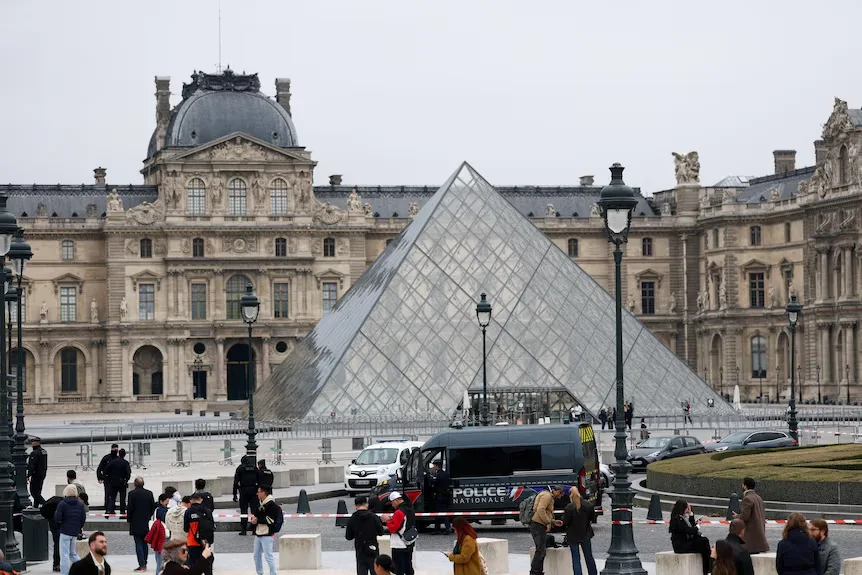


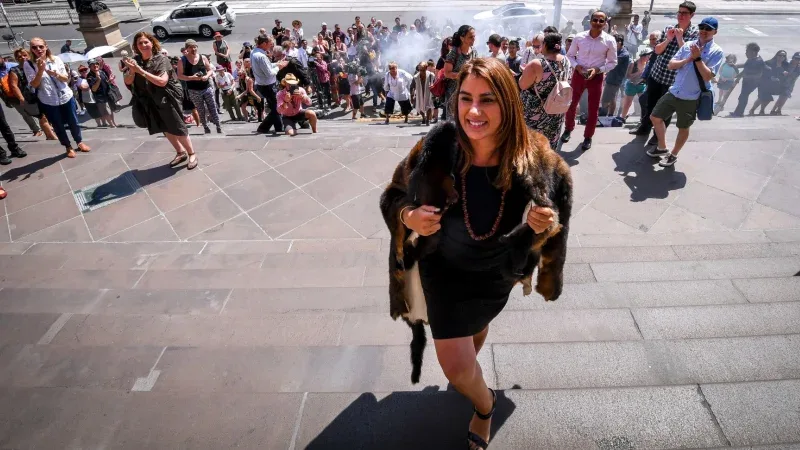










Post Comment